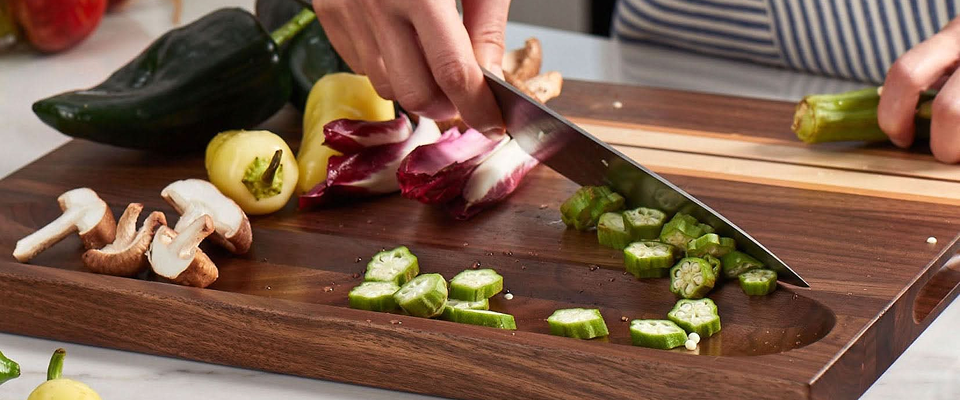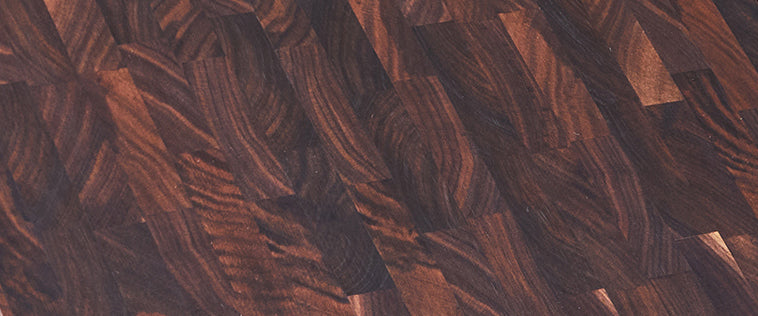Gifting has never been easier!
Perfect if you're short on time or are unable to deliver the gift yourself. Enter your gift message and select when to have it sent.

Sustainably Sourced & Handcrafted American Black Walnut
From the first cut to the final oiling, these boards are the result of careful craftsmanship. Available in both end-grain and edge-grain construction, they’re designed to handle every task, from delicate herb prep to serious tomahawk carving.

Rich, Dark Tones
Walnut’s natural deep brown tones bring warmth and character to any kitchen, whether it’s the centerpiece of your countertop or the star of your next dinner party. Regular oiling not only protects the board but also enhances its rich color and grain pattern, making it more beautiful over time.
Filters
Walnut is considered a premium choice for cutting boards because it offers the ideal balance of durability, beauty, and knife-friendliness. Its rich, dark tones and smooth, fine-grain texture give it a timeless aesthetic, while its slightly softer surface is gentle on knife edges and helps minimize dulling. Walnut’s natural density also makes it resistant to excessive moisture absorption, helping your board stay in excellent condition with proper care.
Walnut is a slow-growing hardwood and is considered a luxury material, which naturally places it at a higher price point. Its rich tones, smooth texture, and versatility make it highly sought after for cutting boards, furniture, and cabinetry, driving demand higher than supply.
In addition, our end-grain walnut boards are priced higher because of their complex, labor-intensive construction. Each board is carefully crafted to align the wood fibers vertically, creating a surface that’s more durable, gentler on knives, and longer-lasting. This meticulous process takes significantly more time and craftsmanship, which contributes to the premium price.
We’re glad you asked. Wash your walnut board with warm water and mild soap—harsh soaps with alcohol (like Dawn Powerwash) can strip the wood’s natural oils, causing it to dry out. Then, dry it immediately with a clean towel and prop it up on its side. Never soak it or run it through the dishwasher; walnut is tough, but waterlogging is still its enemy. Stand upright to dry fully.
Use a food-grade mineral oil and don’t be afraid to be generous; this penetrates the walnut’s end grain and helps protect it from drying out. For best results, follow with a layer of beeswax after oiling, or choose a mineral oil and beeswax blend for an easy, all-in-one solution. Steer clear of vegetable oils, as they can go rancid and damage the wood.